Introduction
If you’re looking for a shrub that is both beautiful and easy to care for, look no further than Weigela. With its stunning blooms and hardy growth habits, Weigela is a popular choice for gardeners of all skill levels. In this guide, we’ll take a closer look at what makes Weigela such a standout shrub, as well as tips for growing and caring for it in your own landscape.
First and foremost, it’s important to understand what exactly Weigela is. This deciduous shrub is native to Asia, but has become a popular ornamental plant in gardens around the world. With its showy blooms of pink, red, or white, Weigela is a favorite among gardeners looking to add color and interest to their landscapes.
But Weigela is more than just a pretty face. This hardy shrub is also easy to care for, making it an ideal choice for both novice and experienced gardeners. In the following sections, we’ll explore the characteristics of this plants, as well as tips for growing and caring for this stunning shrub.
Characteristics of Weigela
Weigela is a deciduous shrub that can grow up to 10 feet tall and wide. Its growth habit is generally upright and spreading, with a dense canopy of foliage that provides plenty of shade. The leaves of Weigela are simple, opposite, and ovate in shape, with serrated edges. They range in color from dark green to light green, depending on the variety.
One of the most striking features of Weigela is its blooms. These trumpet-shaped flowers come in shades of pink, red, or white, and are produced in clusters at the tips of the branches. They typically bloom in late spring or early summer, and can last for several weeks. The blooms of Weigela are not only beautiful, but also attract a variety of pollinators to the garden.
In addition to its attractive foliage and blooms, Weigela is also known for its hardiness. This shrub is tolerant of a wide range of soil types and can thrive in both full sun and partial shade. It is also relatively drought-tolerant once established, making it a low-maintenance choice for gardeners.
Overall, Weigela is a versatile and beautiful shrub that can add color and interest to any landscape. In the following sections, we’ll explore tips for growing and caring for this stunning plant.
Growing Weigela
When it comes to growing, there are a few key factors to keep in mind. First and foremost, it’s important to choose the right planting location. Prefers well-draining soil that is rich in organic matter, and it thrives in full sun to partial shade. When selecting a site for your Weigela, be sure to choose a location that receives at least 6 hours of sunlight per day.
Once you’ve selected a planting location, it’s time to prepare the soil. Weigela prefers soil that is slightly acidic, with a pH between 5.5 and 6.5. If your soil is too alkaline, you can lower the pH by adding sulfur or aluminum sulfate. It’s also a good idea to amend the soil with compost or other organic matter to improve drainage and fertility.
When planting your Weigela, be sure to dig a hole that is slightly larger than the root ball. Gently loosen the roots and place the plant in the hole, making sure that the top of the root ball is level with the surrounding soil. Backfill the hole with soil and water thoroughly to settle the plant in.
To encourage healthy growth, it’s important to water your Weigela regularly, especially during hot, dry weather. Aim to provide at least 1 inch of water per week, either through rainfall or irrigation. It’s also a good idea to fertilize your Weigela once a year in early spring, using a balanced fertilizer that is high in phosphorus.
By following these simple tips, you can help your Weigela thrive and produce beautiful blooms year after year. In the next section, we’ll explore tips for caring for your Weigela and keeping it healthy and beautiful.
Caring for Weigela
While Weigela is a relatively low-maintenance shrub, there are a few key steps you can take to keep it healthy and beautiful. One of the most important aspects of caring for Weigela is pruning. Regular pruning helps to promote healthy growth and encourages the plant to produce more blooms.
The best time to prune Weigela is in late winter or early spring, before new growth begins. Start by removing any dead, damaged, or diseased branches, cutting them back to healthy wood. Next, remove any branches that are crossing or rubbing against each other, as well as any branches that are growing in an undesirable direction.
After you’ve removed any problematic branches, it’s time to shape the plant. Weigela can be pruned into a variety of shapes, including a rounded form or a more upright, vase-like shape. To achieve the desired shape, prune the branches back to just above a healthy bud or side branch.
In addition to pruning, it’s important to keep an eye out for pests and diseases that can affect Weigela. Common pests include aphids, spider mites, and scale insects, while common diseases include powdery mildew and leaf spot. If you notice any signs of pests or diseases, treat them promptly with an appropriate insecticide or fungicide.
Be sure to mulch around the base of your plants to help retain moisture and suppress weeds. Apply a layer of mulch that is 2-3 inches deep, being careful not to let it touch the base of the plant. With these simple steps, you can help your plants stay healthy and beautiful for years to come.
Varieties of Weigela
This is a versatile shrub that comes in a variety of colors and sizes. Some of the most popular varieties include:
- Weigela florida: This is the most commonly grown species of Weigela, and it comes in a variety of cultivars. The blooms range in color from pink to red to white, and the foliage is typically dark green.
- Weigela florida ‘Variegata’: This cultivar has variegated foliage that is green with white edges. The blooms are pink and appear in late spring.
- Weigela florida ‘Bristol Ruby’: This cultivar has deep red blooms that are produced in abundance in late spring or early summer.
- Weigela florida ‘Pink Poppet’: This cultivar is a dwarf variety that grows to only 2-3 feet tall and wide. It produces pink blooms in late spring.
- Weigela florida ‘Wine and Roses’: This cultivar has dark purple foliage that provides a stunning contrast to the pink blooms that appear in late spring.
- Weigela florida ‘Alexandra’: This cultivar has white blooms that are tinged with pink, and it blooms later in the season than most other varieties.
Overall, there is a variety to suit every taste and garden style. When selecting a variety, consider factors such as bloom color, foliage color, and plant size to find the perfect fit for your landscape. With proper care and attention, your plants is sure to be a showstopper in your garden for years to come.
Conclusion
Weigela is a stunning and versatile shrub that can add beauty and interest to any garden. By following the tips outlined in this guide for growing and caring for this plants, you can help your plant thrive and produce beautiful blooms year after year. Remember to choose the right planting location, prepare the soil, water and fertilize regularly, and prune and mulch as needed. And don’t forget to explore the many varieties available to find the perfect fit for your landscape. With a little care and attention, your plants is sure to be a standout feature in your garden.

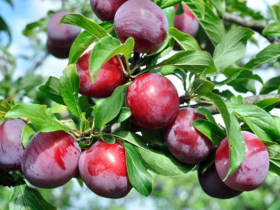


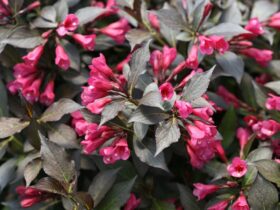
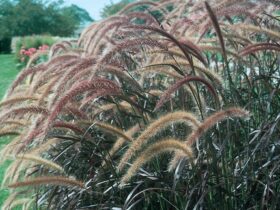
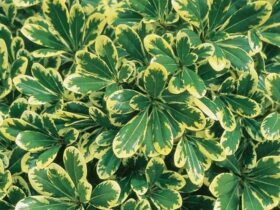

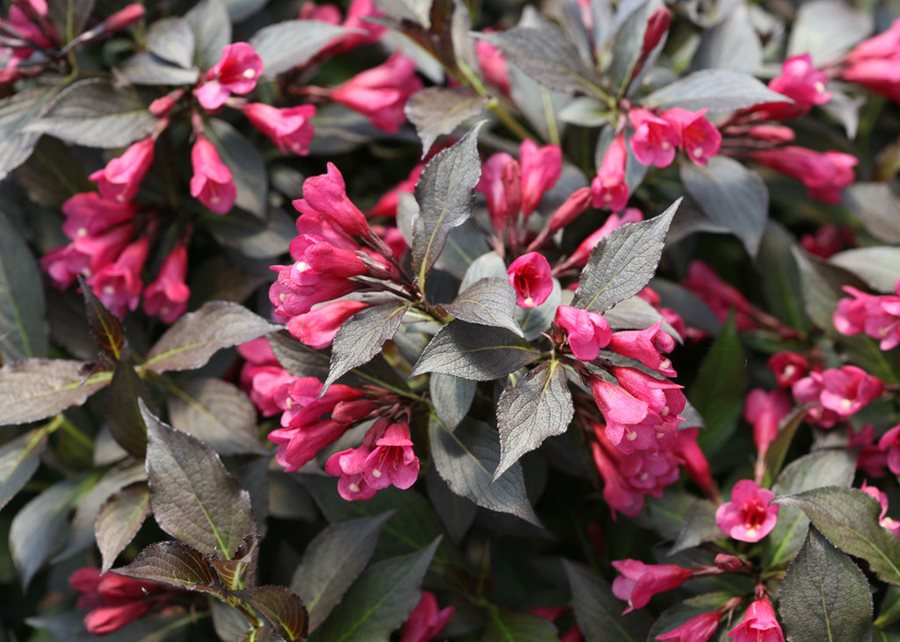

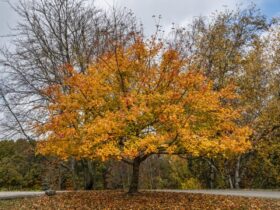
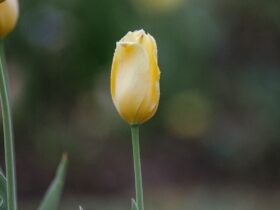
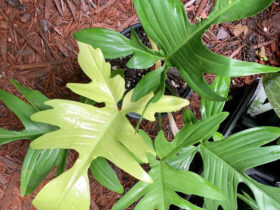
Leave a Reply